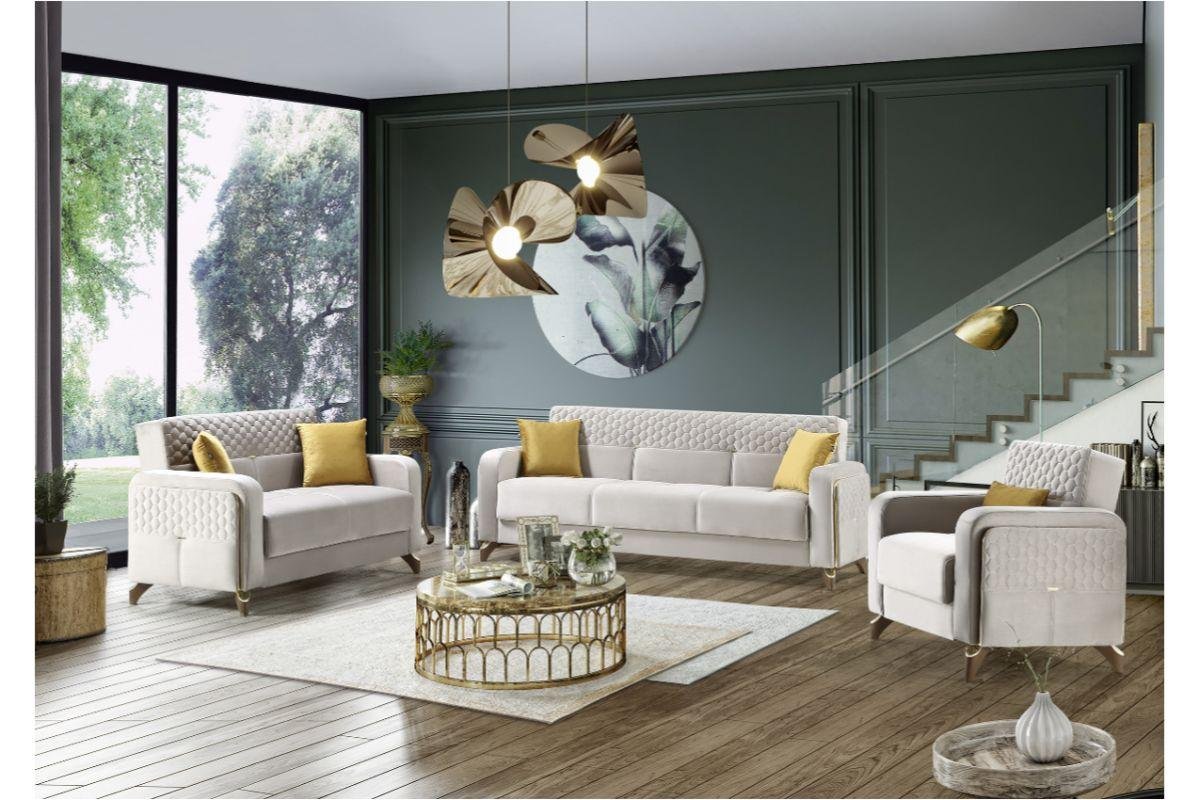Blog
Introduction
The dining room, often viewed simply as a place to partake in meals, is a haven of significance within the modern household. Far surpassing its primary function, it acts as a focal point for social interactions, a catalyst for family bonding, and a canvas for cultural traditions. In this extensive exploration, we’ll traverse the historical evolution of the dining room, its pivotal role as a social hub, the nuanced design elements contributing to its inviting atmosphere, and its profound impact on familial relationships and cultural practices.
A. The Essence Beyond Meals
In understanding the significance of the dining room, we unravel layers beyond the mere act of dining. It serves as a symbol of togetherness, providing a physical space where connections are forged and memories are created.
B. A Closer Look at the Modern Dining Landscape
In today’s dynamic societal landscape, the dining room has evolved to reflect contemporary living. It adapts to multifunctional roles, mirroring the diverse needs of modern families and individuals.
Historical Evolution of the Dining Room
Tracing the roots of dedicated dining spaces unveils a fascinating journey through history. Communal eating areas of yore have metamorphosed into the more formal dining rooms we recognize today, reflecting not only changes in architectural design but also societal norms and cultural practices.
A. Communal Origins
The concept of communal dining spaces dates back to ancient civilizations where meals were shared in a collective setting, often signifying unity and equality.
B. The Rise of Formal Dining
With the passage of time and the evolution of societal structures, dining spaces transitioned into more formalized rooms. This shift indicated a growing emphasis on meals as social events rather than mere sustenance.
The Dining Room as a Social Hub
Beyond its primary purpose, the dining room stands as a stage for meaningful social interactions. It transforms the act of sharing a meal into a communal experience, fostering connections and strengthening relationships.
A. Creating Connections
The dining table becomes a nexus for building connections—whether among family members, friends, or guests. The shared experience of a meal cultivates a sense of unity and shared history.
B. Conversation and Connection
In the bustling pace of modern life, the dining room offers a refuge for unhurried conversations. It becomes a space where individuals can engage in meaningful dialogue, strengthening social bonds.
Design Elements: Creating an Inviting Atmosphere
The ambiance of the dining room is not solely dependent on its function but also on the meticulous incorporation of design elements. Lighting, furniture, and decor play pivotal roles in crafting an atmosphere that is both welcoming and aesthetically pleasing.
A. Illuminating the Space
Proper lighting sets the mood for the dining experience. Whether through pendant lights, chandeliers, or strategically placed lamps, the interplay of light contributes to the overall ambiance.
B. Furniture and Decor Dynamics
The choice of furniture and decor items goes beyond mere aesthetics. They are instrumental in creating a comfortable and visually appealing space. From selecting the right dining table to complementing it with chairs and decor, each element plays a crucial role.
Family Bonding: Nurturing Relationships at the Dining Table
The dining room emerges as a focal point for family bonding, providing a dedicated space for shared meals and valuable interactions. Regular family meals extend beyond mere sustenance, creating opportunities for open communication and the cultivation of a strong familial bond.
A. The Symbolism of the Dining Table
The dining table, laden with shared meals and shared experiences, becomes a symbol of unity and togetherness. It transcends its physical form to embody the essence of familial connection.
B. Rituals and Traditions
Beyond everyday meals, the dining room becomes a canvas for family rituals and traditions. From holiday celebrations to special occasions, these rituals contribute to the formation of cherished family memories.
Cultural Significance: Rituals and Traditions
The dining room is not just a backdrop for familial traditions; it also encapsulates cultural practices and rituals. Exploring the diverse ways in which societies express their cultural identity within this space provides insights into the rich tapestry of human traditions.
A. Celebratory Feasts
The dining room often transforms into a stage for celebratory feasts, marking significant cultural events and ceremonies. From weddings to religious festivities, these occasions imbue the space with cultural significance.
B. Symbolic Decor
The decor within the dining room can also carry cultural symbolism. From specific colors to traditional patterns, these elements become a visual representation of cultural identity.
Work and Study: The Versatility of Dining Spaces
The versatility of the dining room extends beyond mealtime, adapting to the multifaceted needs of contemporary living. It seamlessly transforms into a dual-purpose space, accommodating work and study activities.
A. The Home Office Connection
With the rise of remote work, the dining room often serves as an improvised home office. Its adaptability to house workstations showcases its relevance in the evolving landscape of modern lifestyles.
B. A Quiet Space for Study
For students and learners, the dining room becomes a quiet haven for study sessions. Its conducive environment allows for focused learning, away from the distractions of busier household areas.
Personal Reflection: Solitude and Contemplation
While commonly associated with communal activities, the dining room also offers moments of solitude and personal reflection. Whether enjoying a quiet breakfast alone or savoring a cup of tea in the evening, the dining room provides a retreat within the home—a space for introspection and contemplation.
A. The Quiet Breakfast
Beginning the day with a solitary breakfast in the dining room provides a serene start, allowing individuals to gather their thoughts and set the tone for the day.
B. Evening Reflections
As the day winds down, the dining room becomes a refuge for quiet moments of reflection. Its subdued ambiance creates an ideal setting for introspection and contemplation.
Trends in Dining Room Design
As with any living space, the dining room is subject to evolving design trends. Exploring current trends allows homeowners to infuse contemporary flair while preserving the enduring essence of the dining room.
A. Modern Minimalism
Contemporary dining rooms often embrace minimalistic design principles, focusing on clean lines, neutral colors, and a clutter-free aesthetic. This trend creates a serene and uncluttered atmosphere.
B. Fusion of Styles
The blending of traditional and modern elements represents a prevalent trend in dining room design. From combining antique furniture with sleek, modern decor to experimenting with eclectic styles, homeowners have the flexibility to personalize their dining spaces.
Conclusion:
In conclusion, the dining room stands as a testament to the significance of gathering together in the tapestry of everyday life. From its historical roots to its current adaptability, the dining room weaves together threads of familial bonds, cultural expressions, and personal reflections. It is more than a physical space; it is a dynamic arena where history, culture, and personal experiences converge. May the dining room continue to be a space that nurtures connections, fosters traditions, and provides solace in both communal and solitary moments.







